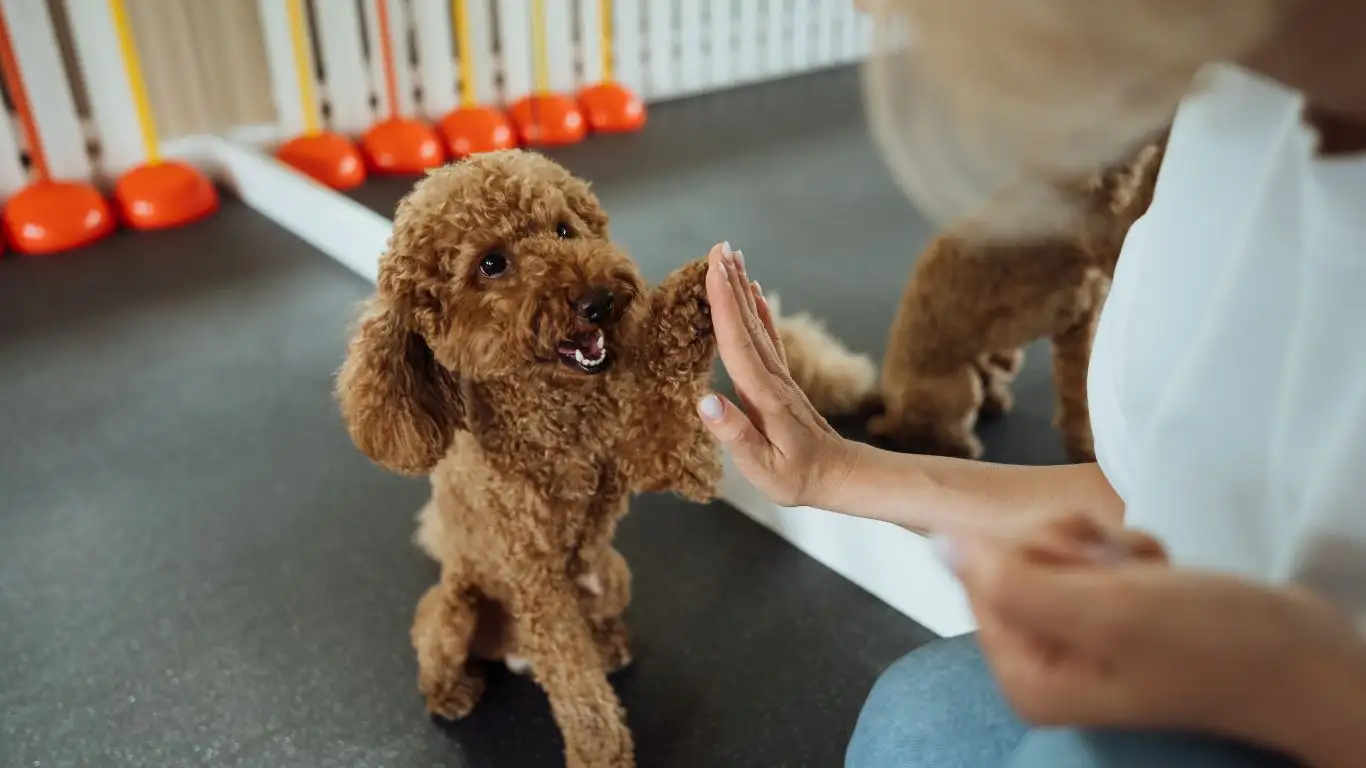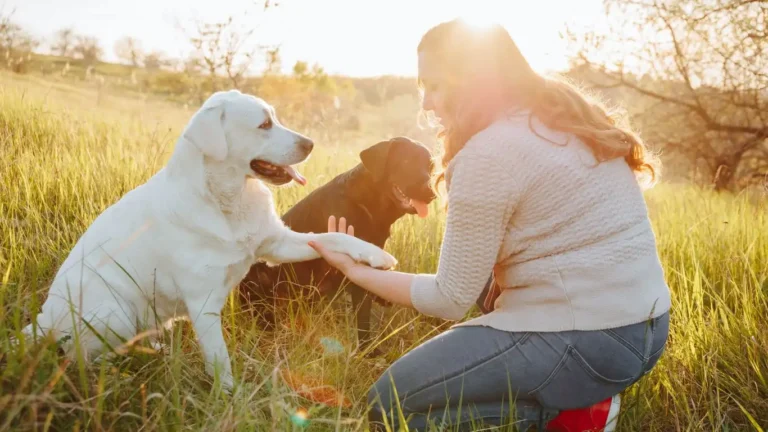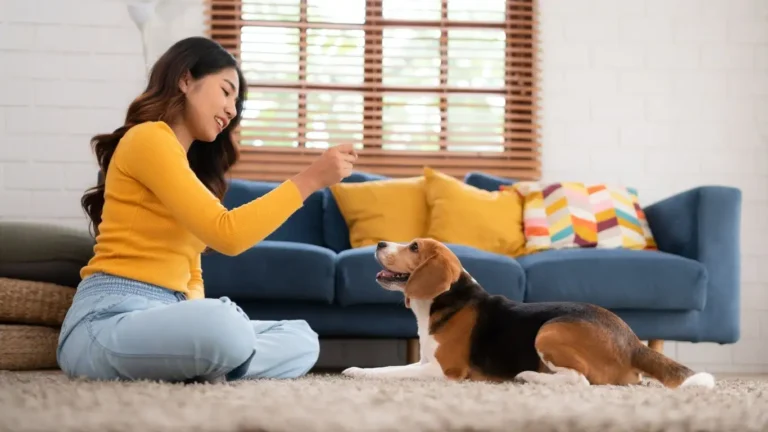How to Train a Dog to Follow Commands from Multiple People Effectively
If you’ve ever wondered how to train a dog to follow commands from multiple people, you’re definitely not alone. Back when I first started working as a Canine-Assisted Therapy Trainer, I had to tackle this exact challenge with therapy dogs being handled by various people—volunteers, therapists, even the occasional curious family member. It didn’t take long to realize that consistency, patience, and understanding a dog’s perspective were all absolutely crucial. Training a dog to listen to just one person is one thing—but getting them to respond accurately and calmly to different voices, postures, and energy levels? That takes some next-level dog-human communication. Let’s get into it.
Why Multiple Handlers Matter in Dog Training
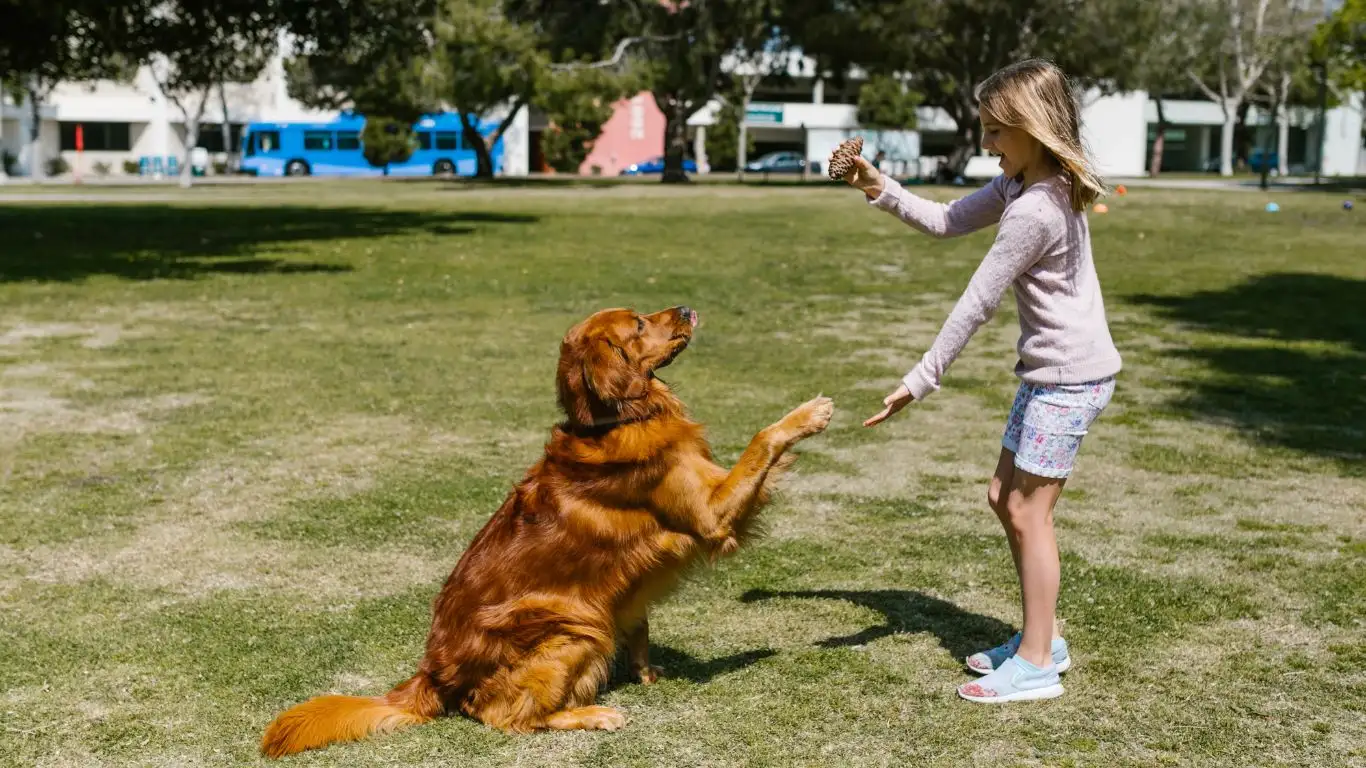
In real-world scenarios, especially in therapy work, dogs aren’t just interacting with one person. They may be working with a team or living in a busy household. If they only respond to one handler, it limits their usefulness and could even create stress or confusion. I’ve seen this firsthand with therapy pups who’d freeze or ignore cues when someone new took the leash. That’s when I started tailoring training sessions to introduce variability from day one.
Building Trust Beyond a Single Human
A dog’s ability to follow commands from multiple people starts with something simple but often overlooked: generalization. Dogs don’t naturally generalize commands. If you teach “sit” in the kitchen with you, it doesn’t mean they’ll understand “sit” when someone else says it in the park. Crazy, right? But it’s true.
To fix that, I rotate trainers early in the process. Once a dog is confidently responding to me, I bring in a friend or colleague. We mimic the same body language, tone, and rewards. Gradually, the dog learns that “sit” means sit—regardless of who says it. It’s about repetition, context-switching, and a whole lot of positive reinforcement.
The Human Factor: Consistency in Communication
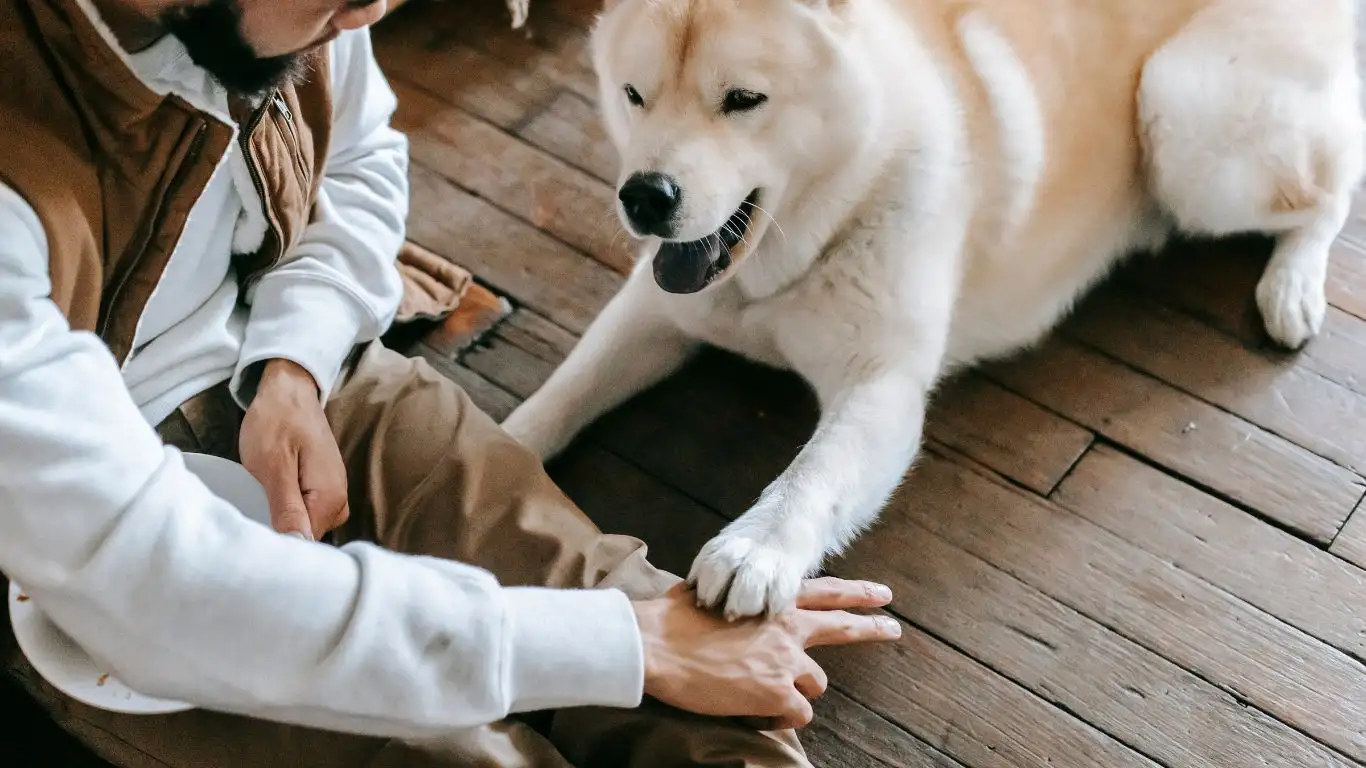
Let’s be honest: we humans are part of the problem here. One person says “Down,” another says “Lie down.” Someone else points instead of speaking. Dogs are smart, but that kind of inconsistency would throw anyone off. If you’re serious about teaching your dog to follow commands from multiple people, you need a team game plan.
How to Align Your Training Language
- Pick a standard vocabulary. Choose simple, clear cues and write them down if you have to. Everyone must use the same commands.
- Practice with the same hand signals. Visual cues help dogs interpret what we’re asking, especially in noisy or distracting settings.
- Use the same reward system. Whether it’s treats, toys, or verbal praise, consistency in the payoff reinforces the learning.
One time, I had a young golden retriever named Daisy in training. Sweet girl, eager to please, but every handler had a different command for “come.” After a few sessions of total confusion (poor Daisy!), we made a laminated command chart for everyone to follow. Like magic, she started responding to each handler within a week. That’s the power of unified communication.
Socializing Your Dog to Multiple Handlers

Training a dog to listen to several people isn’t just about commands—it’s about comfort and confidence around new humans. That’s why I mix obedience with social exposure. Think of it like doggie networking. The more people your pup interacts with in a structured, positive way, the better they’ll respond in dynamic environments.
Tips for Multi-Handler Socialization Training
- Start small and familiar. Begin with family members or close friends who can follow your training script.
- Keep the energy calm. Over-excited greetings or chaotic environments can make learning harder.
- Reward neutrality. Don’t just reward commands—reward your dog for calmly accepting touch or interaction from different people.
- Use rotation drills. Set up short sessions where handlers rotate every few minutes. Same commands, different voices.
With therapy dogs, I always include what I call the “passing game.” We literally pass the leash to a new person every few minutes during a walk or training session. Each handler gives a cue, rewards the response, and passes the leash again. It’s super effective—and honestly, kind of fun to watch.
Reading Your Dog’s Responses
Training doesn’t mean much if your dog is stressed out or confused. One of the most overlooked parts of multi-person training is actually listening to your dog’s nonverbal cues. Are they hesitating? Yawning? Avoiding eye contact? Those might be signs they’re overwhelmed or unsure about a new handler.
Body Language to Watch
- Tail tucked – Sign of nervousness or discomfort
- Licking lips – Often stress-related
- Turning away or avoiding eye contact – Indicates confusion or anxiety
- Yawning – Not always tiredness, sometimes stress
Early in my career, I ignored these signs a few too many times. I was focused on “getting the behavior” instead of reading the dog. But once I learned to pause and reassess when a dog seemed uncertain, my training sessions became way more effective—and humane.
Handler Transitions Without Confusion
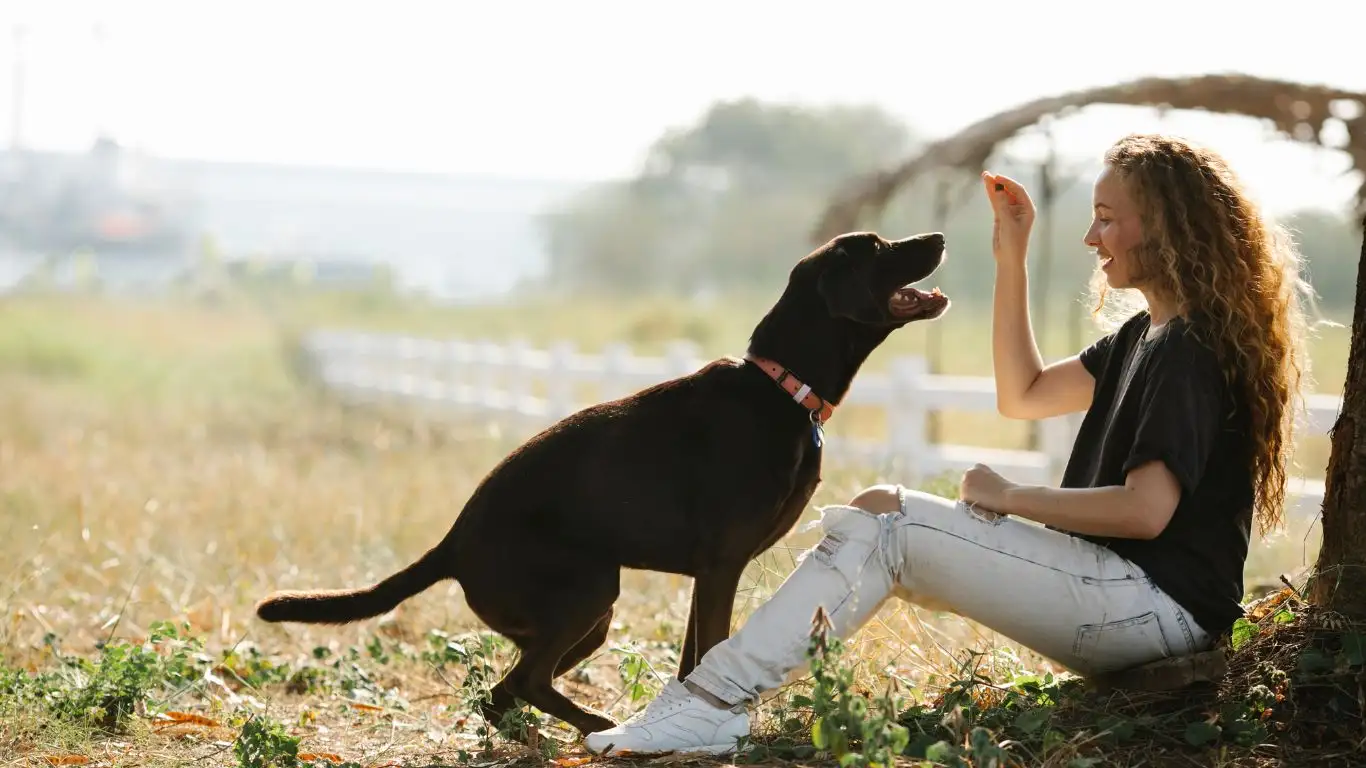
One of the trickiest parts of training a dog to follow commands from multiple people is managing smooth handler transitions. You don’t want your pup to hesitate or panic just because someone new took over the leash. I’ve worked with therapy dogs who’d perform beautifully with one person, but the second a new handler stepped in—even if they were standing two feet away—it was like pressing a reset button. The secret? Practice those transitions like they’re part of the training itself.
Try this: during a walk or a basic obedience session, have two or three people take turns stepping in as the primary handler. Each time, keep things calm and predictable. The incoming handler should repeat a familiar command, reward the dog, and then lead the next activity. Over time, the dog starts to see transitions not as disruptions, but as just another part of the routine.
What to Avoid During Hand-Offs
- No sudden switches. Don’t just hand off the leash in the middle of a command or while your dog is distracted.
- Don’t change tone or pace drastically. If one handler is energetic and loud while the next is soft-spoken and slow, the dog may struggle to keep up.
- Skip the chaos. Multiple people shouting cues at once? That’s a hard no. Keep things simple and focused.
In a group therapy session a few years ago, I saw a therapy dog freeze up completely during a handler switch. It turned out the second handler always spoke in short, clipped tones, while the first used an encouraging, sing-songy voice. We coached both handlers to match energy and cues, and within a few sessions, the dog flowed effortlessly between them. It’s those little human tweaks that make a world of difference.
When Dogs Favor One Person Too Much

Sometimes, dogs just pick favorites—and if you’re their favorite, congratulations… and also, good luck. Because now you have to teach them that listening to other humans is just as rewarding as sticking to their chosen one. I had a Labrador once who bonded so tightly with her foster parent that she’d literally ignore everyone else. That kind of attachment, while sweet, can derail team-based training fast.
How to Break Over-Attachment and Encourage Openness
- Limit one-on-one time temporarily. Give other handlers opportunities to lead walks, feed meals, or run training drills.
- Use distance. Have the primary person stay in the background while others engage with the dog up close.
- Reinforce obedience from others. Only allow rewards when the dog responds to the non-preferred handler’s command.
It’s also helpful if the “favorite human” doesn’t always jump in to rescue the dog when it looks unsure. That sends the message: “You don’t have to try; your person will do it for you.” Trust me, I’ve been guilty of this more than once. Step back and let your dog learn that confidence comes from within—and from paying attention to whoever’s on the other end of the leash.
Games and Drills That Reinforce Multi-Person Obedience

Let’s talk drills—because repetition builds muscle memory, and games keep it fun for both your pup and the people involved. I like to use simple, structured games to reinforce responsiveness across different handlers. Here are a few go-tos from my training toolkit:
Top Multi-Handler Training Games
- Round-Robin Recall: Set up a circle with 3-5 people. Each person takes turns calling the dog by name followed by a “come” command. Reward with treats or affection. It’s fantastic for recall and helps your dog connect names with different humans.
- Simon Says (Dog Edition): One person calls out commands while different handlers cue the dog. Keeps everyone in sync and the dog mentally engaged.
- Relay Walks: Each person walks the dog a short distance, gives a basic command, and hands off the leash. Reinforces command consistency and calm transitions.
We use these all the time in therapy dog prep classes. Not only do they reinforce command generalization, they also help the dog stay sharp and attentive, especially in busy environments. Plus, the humans usually end up having a great time too—which is a win in my book.
Knowing When to Step Back or Slow Down
Here’s something I learned the hard way: dogs learn at their own pace, especially when juggling the challenge of multiple people giving them instructions. If your dog starts showing signs of stress, or begins ignoring cues altogether, that’s your sign to slow things down. There’s no shame in dialing back to basics.
When I’m training dogs who’ve had negative past experiences or come from shelter backgrounds, I pay even closer attention to how they react to new people. For some dogs, even just taking a treat from a stranger is a big deal. If that’s where you’re starting—celebrate it. Build from there. Respecting a dog’s emotional timeline is part of being a compassionate and effective trainer.
Signs It’s Time to Pause and Regroup
- Refusal to respond to any handler – May indicate stress or confusion.
- Increased reactivity or barking – Possibly feeling overwhelmed by too much human interaction.
- Disengagement (looking away, walking off) – Could mean your dog is mentally tapped out.
I once had to put a pause on group training for a rescue dog who started cowering anytime someone new stepped up. We gave her a week of solo bonding and slowly reintroduced handlers with super short, low-pressure interactions. Within a month, she was back in the rotation, tail wagging and ready for action.
Layering Advanced Cues with Multiple Handlers

Once your dog has the basics down with several people—sit, stay, come, down—it’s time to raise the bar. Advanced cues are where things get really interesting, and honestly, they’re my favorite part of the training journey. What makes this stage so important is that it reinforces your dog’s ability to listen to different voices in different situations—not just in your living room or backyard.
In my therapy training sessions, we introduce more nuanced commands like “leave it,” “watch me,” or even task-based cues like “bring” or “touch.” The trick is to get the dog to understand that these commands mean the same thing regardless of who’s saying them. I usually tell clients: if your dog can perform these commands in a noisy lobby with a stranger while a vacuum is running nearby… you’re golden.
Tips for Teaching Advanced Cues with Multiple People
- Use controlled chaos. Start adding small distractions (like another person walking by) while giving cues. Gradually increase difficulty.
- Rotate leadership. Assign different advanced cues to different people, then switch roles weekly. This teaches the dog to follow all commands from all people.
- Incorporate motion. Try giving cues while walking, turning, or sitting down. Dogs need to understand that commands don’t always come from a standing, still person.
One of my favorite memories was teaching a service dog-in-training how to respond to “go get it” and “bring it here” from three different people. The look on his face when he nailed it the first time with someone new? Pure joy—and honestly, pride. Dogs know when they’re doing something right. They feel it, and that confidence is everything.
Environment-Specific Multi-Handler Practice
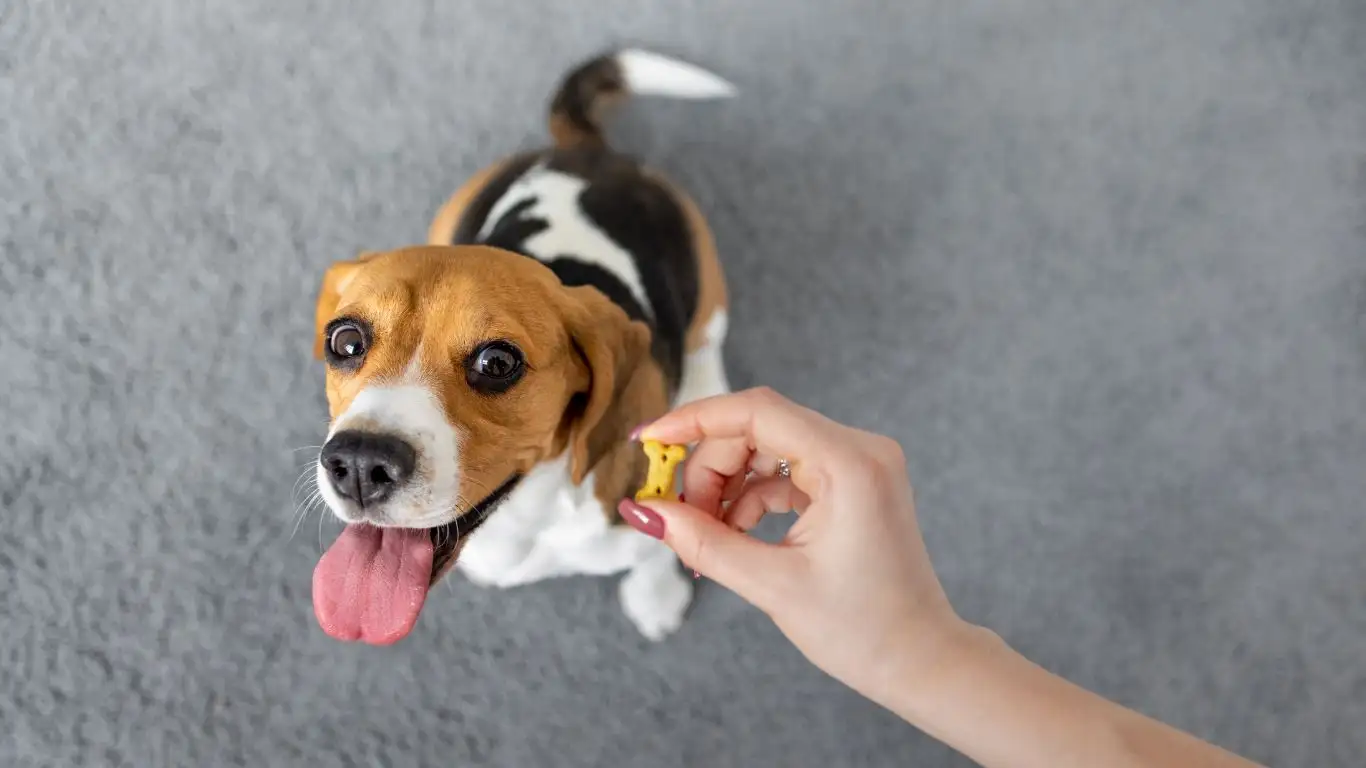
If you’re working on how to train a dog to follow commands from multiple people, don’t underestimate the power of location. Your dog might perform flawlessly at home or in the backyard, but when you step into a park, a vet’s office, or even just a busy sidewalk—suddenly it’s like they’ve never heard “sit” in their life. Been there, done that, many times.
This is why I encourage what I call “real-world rotations.” It’s basically group field trips where the dog practices commands in different spots, with different handlers, and all the chaos the world can throw at them. It builds resilience and generalization at a whole new level.
Where to Train for Best Results
- Local parks or greenways – Great for distractions like squirrels, joggers, and other dogs.
- Pet-friendly stores – Lots of sights, smells, and friendly humans.
- Veterinary clinics (outside office hours) – Prepping your dog for handler changes in potentially stressful places.
- Public transit areas (if applicable) – For service dogs or city dogs in general, this is huge.
I once brought a group of therapy dog trainees to a quiet corner of a hospital garden where volunteers took turns giving commands. The difference was incredible. Some dogs hesitated at first—new smells, strange vibes—but with gentle persistence and consistency, they began responding across the board. Real-world practice creates well-rounded dogs, simple as that.
Tools and Resources to Support Multi-Handler Training
Let’s talk tools. I’m all for traditional methods—voice, hand signals, rewards—but sometimes a few modern additions can give you an extra edge. If you’re training a dog to work with multiple people, tools that promote consistency and communication can be game-changers.
Helpful Tools for Multi-Person Training
- Shared training logs – Use a notebook or app where handlers jot down what commands were practiced, how the dog responded, and any issues.
- Treat pouches for everyone – If everyone’s giving rewards from different pockets or bags, it could confuse the dog. Make it uniform.
- Clickers – If you’re clicker training, make sure every handler uses the same timing and tone. Clicker consistency is huge.
- Video feedback – Sometimes, recording sessions helps trainers and handlers identify gaps in their approach.
I’ve recommended the use of shared digital logs in many multi-trainer situations. Not only does it help keep everyone on the same page, but it also gives you a record of progress to celebrate later—which is great for motivation when things feel stuck.
Patience, Humor, and Perspective
Here’s the thing: no matter how skilled you are—or how amazing your dog is—there will be off days. I can’t tell you how many times I’ve had a dog completely ace a drill on Monday, then act like they’ve never heard the word “stay” on Tuesday. And sometimes, the humans are the problem. A handler forgets the cue, mixes up hand signals, or gets frustrated. It happens.
The best advice I can offer? Laugh through it. Dogs read our energy. If you’re stressed, they feel it. If you’re having fun, they’ll want to stay in the game with you. When you’re working with multiple people, you’re not just training the dog—you’re building a team, and teams take time to click.
Celebrate the little wins. If your dog finally follows “down” from your cousin who never even liked dogs until last week? That’s a moment. Recognize it. Reinforce it. Keep building.
References
Disclaimer
This content is intended for educational and informational purposes only and should not be used as a substitute for professional veterinary advice, diagnosis, or treatment. Always consult with a qualified veterinarian or certified dog trainer regarding any concerns related to your pet’s health or behavior.
